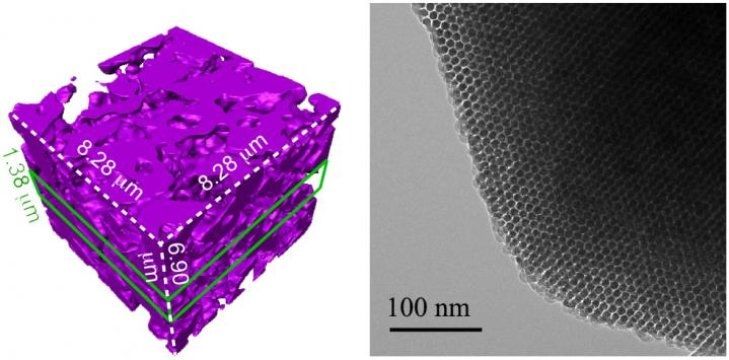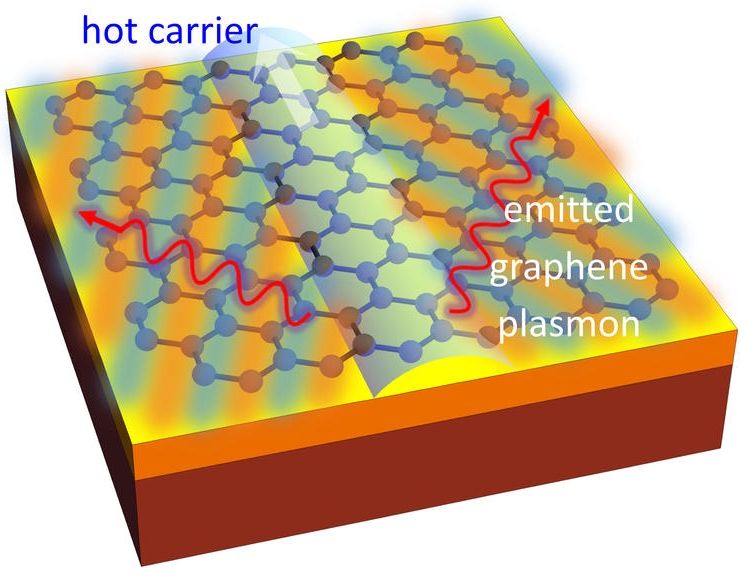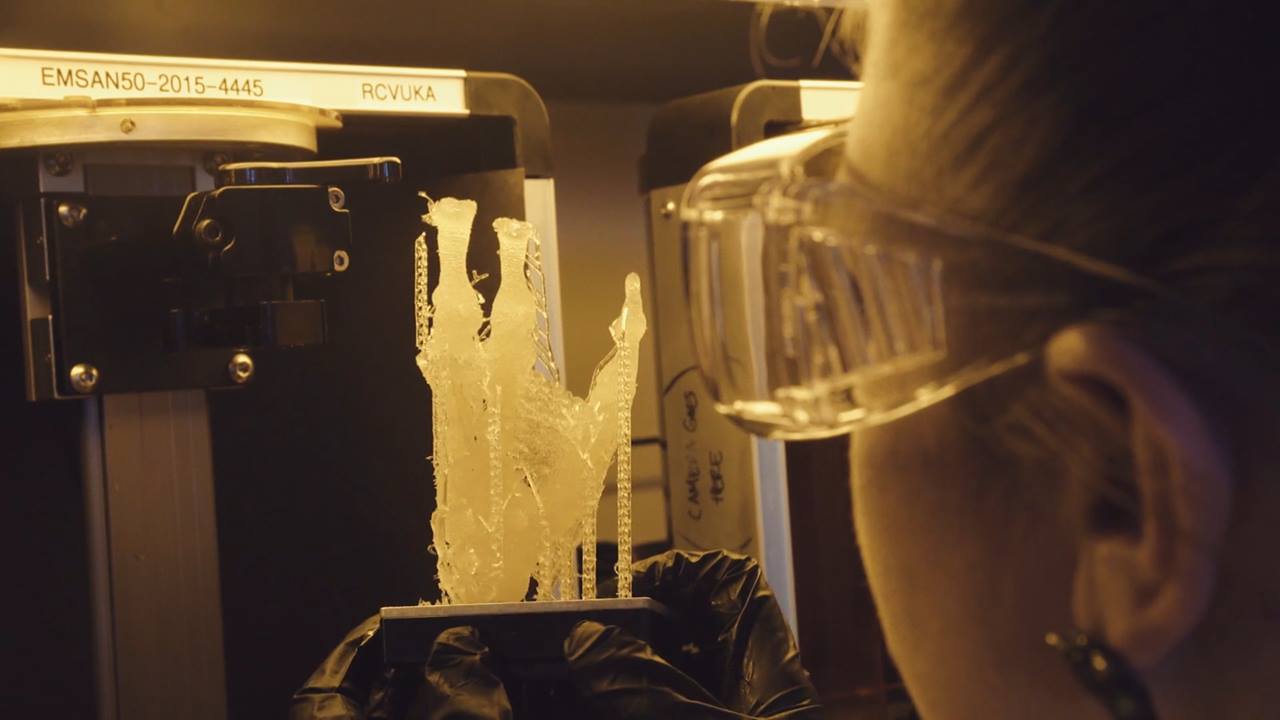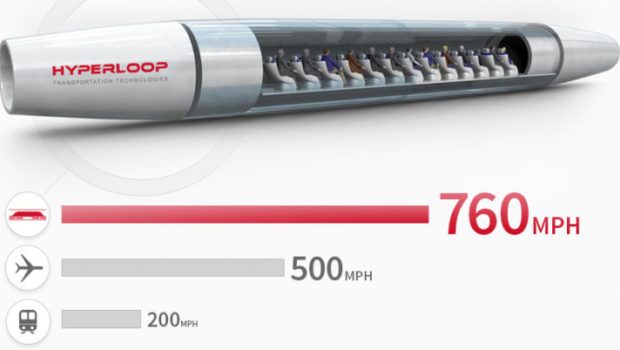Jul 4, 2016
Injectable biomaterial could be used to manipulate organ behavior
Posted by Karen Hurst in categories: biotech/medical, materials
Way cool.
Ideally, injectable or implantable medical devices should not only be small and electrically functional, they should be soft, like the body tissues with which they interact. Scientists from two UChicago labs set out to see if they could design a material with all three of those properties.
The material they came up with, published online June 27, 2016, in Nature Materials, forms the basis of an ingenious light-activated injectable device that could eventually be used to stimulate nerve cells and manipulate the behavior of muscles and organs.
Continue reading “Injectable biomaterial could be used to manipulate organ behavior” »

















